



The 2025 Breakthrough Prize in Fundamental Physics honors CERN’s LHC Run-2 collaborations for Higgs boson studies and new particle discoveries. Indian scientists significantly contributed to ALICE and CMS experiments, from detector design to data analysis, continuing a decades-long partnership with CERN, recognized by the prestigious $3 million award.

Copyright infringement not intended
Picture Courtesy: PIB
The 2025 Breakthrough Prize in Fundamental Physics is awarded to co-authors of publications based on CERN’s Large Hadron Collider Run-2 data released between 2015 and July 15, 2024.
The Breakthrough Prizes honor outstanding scientific achievements. Yuri Milner, a Russian billionaire, and his wife Julia Milner established the Breakthrough Prizes in 2012.
These awards, often called the “Oscars of Science,” focus on three main fields: Mathematics, Fundamental Physics, and Life Sciences. Laureates receive $3 million each in prize money.
How Winners Are Chosen?
Life Sciences Winner: David R. Liu
Achievement: Developing two gene-editing technologies – known as base editing and prime editing – which enable the correction or replacement of virtually any genetic mutation.
Life Sciences Winners
Multiple Sclerosis Research: Stephen Hauser and Alberto Ascherio share a Breakthrough Prize for their contributions to understanding the causes and underlying biology of multiple sclerosis
Fundamental Physics Winners: CERN LHC Collaborations
Achievement: Detailed measurements of Higgs boson properties confirming the symmetry-breaking mechanism of mass generation, the discovery of new strongly interacting particles, the study of rare processes and matter-antimatter asymmetry
India's Role: Significant contributions to ALICE and CMS experiments
The Four Winning Experiments
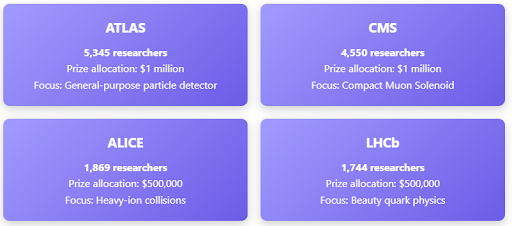
Indian scientists and researchers have played significant roles in both ALICE and CMS experiments, contributing from detector development to data analysis at every stage since inception.

The LHC, located at CERN (European Organization for Nuclear Research) in Switzerland, is the world’s most powerful particle accelerator. It smashes protons and heavy ions at high energies to study the tiniest building blocks of matter, like quarks and the Higgs boson.
The LHC runs experiments like ATLAS, CMS, ALICE, and LHCb, each with a unique focus:
Indian researchers contribute to ALICE and CMS, making significant impacts in detector design, data analysis, and computing.
1960s => Scientists of the Tata Institute of Fundamental Research (TIFR), under the Department of Atomic Energy, first visited CERN, exposing emulsion stacks to particle beams using the CERN Proton Synchrotron.
1980s => Contribution to L3 experiment hardware and software, significant work on Z-line shape and new particle searches.
1990s => Expansion into heavy-ion physics, contribution of scintillator-pad-based photon multiplicity detector, key roles in WA93 and WA98 experiments.
1991 => India (Department of Atomic Energy) signed a cooperation agreement with CERN for Scientific and Technical Cooperation.
2002 => India awarded "Observer" status at CERN in recognition of significant contributions to LHC project.
2009 => Memorandum of Understanding (MOU) signed, strengthening collaboration in accelerator technology, detector R&D, and computing infrastructure.
2017 => India became an Associate Member State of CERN, marking a milestone in the partnership.
2025 => Breakthrough Prize in Fundamental Physics awarded, celebrating decades of Indian contributions.
Must Read Articles:
ALICE Detects Gold Creation at LHC
CERN launches the White Rabbit Collaboration
Source:
|
PRACTICE QUESTION Q. Which field among the following is NOT awarded by the Breakthrough Prize? A) Fundamental Physics B) Life Sciences C) Environmental Science D) Mathematics Answer: C Explanation: The Breakthrough Prize honors achievements in fundamental physics, life sciences, and mathematics. While environmental science contributes significantly to global challenges, it falls outside the scope of this prize. |
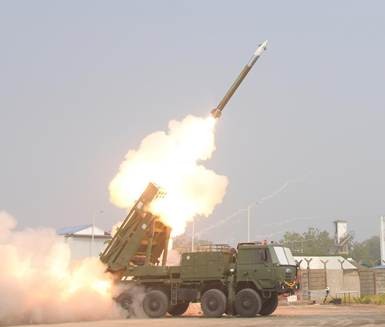
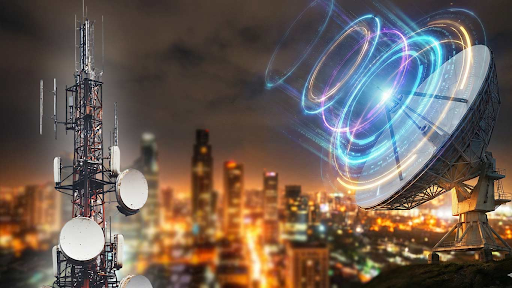

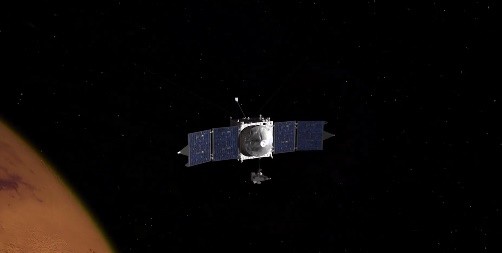
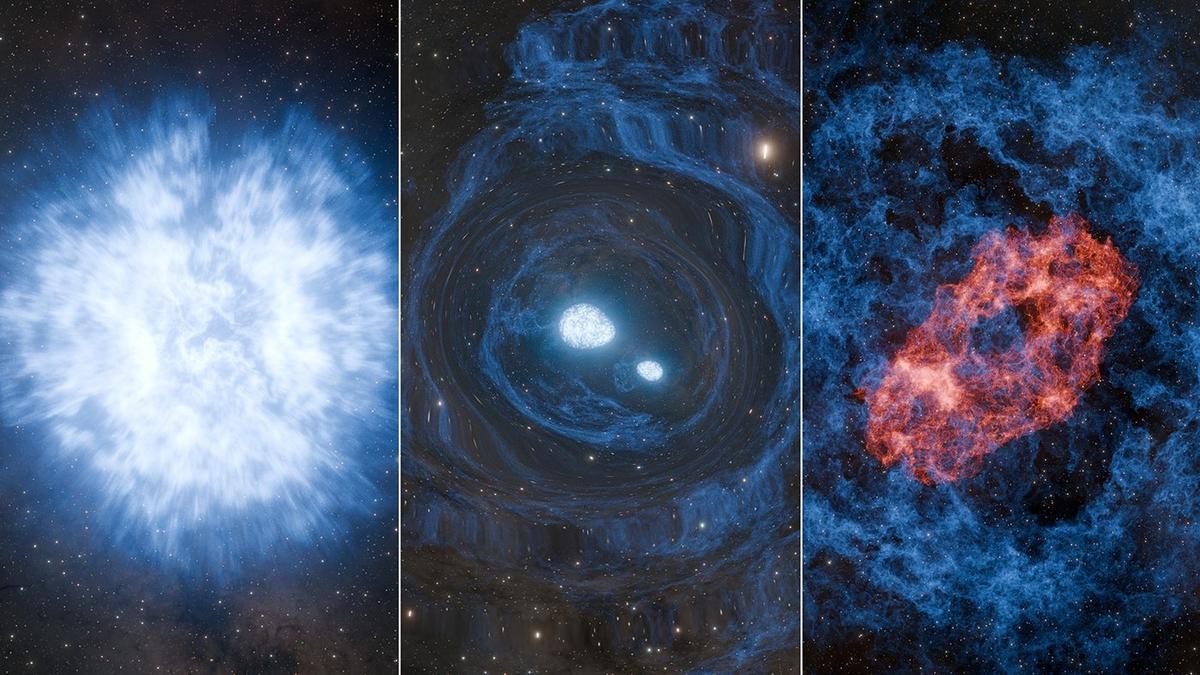

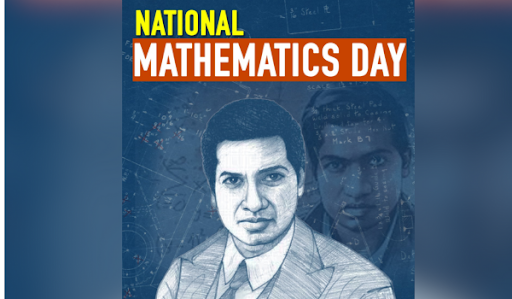


© 2026 iasgyan. All right reserved